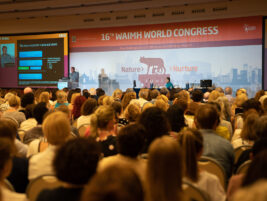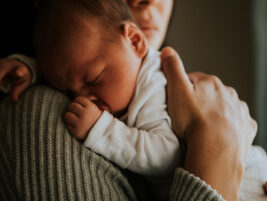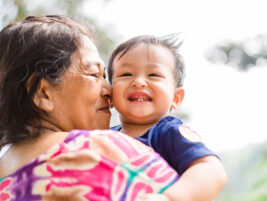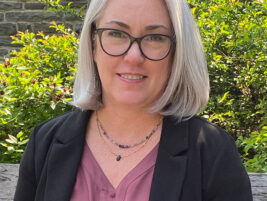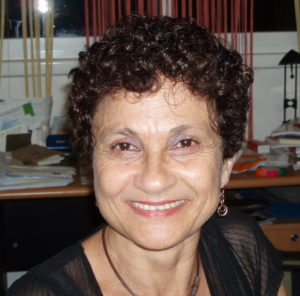
As we can see in this Issue, “too much crying” is a very common issue that parents and clinicians need to face. Indeed, in our own community-based Infant Mental Health Unit, this is one of the main reasons for referral. Actually, we have never had a baby addressed to us because of a “lack of cry”. Very low birth weight premature babies often don’t cry in the first weeks of life, but this is part of their lack of their central nervous system immaturity.
When one thinks in evolutionary terms, the rarity of “no cry” situation is not surprising at all: cry is the main biological-driven “signaling” attachment behavior, appears at the very moment of birth, much before the “proximity-seeking” attachment behaviors are present (it is, by the way, interesting to note that crying behavior does not disappear with age, even though we have enlarged our repertoire of abilities to tell our distress to our close environment). No baby needs its environment to teach him how to cry….but he/she does learn the reactions to its cry. Therefore, crying behavior may disappear under extreme conditions of persistent negative reinforcement. The first time I personally came to think about the “no cry” situation was a few years ago, when our Unit started to work with newly adopted post-institutionalized infants and their parents.
In the context of a controlled attachment-based intervention we have been running for 3 years with newly adopted infants (6months-2 and half year olds) from Eastern Europe orphanages and their adoptive parents, we have been struck by the absence of crying behavior displayed by most of the infants, regardless of their emotional and developmental status. It took us some time to notice it, because most of the parents did not report it as a problem. Indeed, “no cry” means “no distress” for ordinary people, including parents! Adoptive parents, actually, often start with the illusion that “now everything is okay with the infant, since he/she’s now in a good and loving family”, and therefore, may misinterpretate the lack of cry. Only after they understand the impact of the orphanage-linked psychological and stimuli deprivation experiences on the infant’s attachment and exploratory systems, they start “hearing the silence”. After the instinctive crying behavior has been extinguished, there is a need to actively “teach” the infant that crying is not dangerous anymore, and that it is a legitimate and expected signaling behavior in times of distress. In fact, in cases where crying has provoked very negative reactions, there is a need to provide the parents a “desensitization-oriented” guidance. Generally speaking, we have been surprised to find how much adoptive parents tend to put aside thoughts (and feelings…) about the long term impact of the orphanage experience, in spite of their education and general knowledge. Therefore, it may not be reasonable to expect from them to intuitively address this issue, or even to consult an infant mental health clinician for their non crying infant.
In the light of the long term socio-emotional-developmental importance of healthy attachment behaviors, I personally think that we, as being invested in social mental health policies, need to increase the “attachment-awareness” among our Child Protection social welfare colleagues, who are in the first-line contact with these newly adoptive parents.
Vol. 15 No 4. Winter 2007 – Editor’s Perspective. “No sounds, no cry”
Authors
Miri Keren, M.D.
Editor, The Signal
Israel



